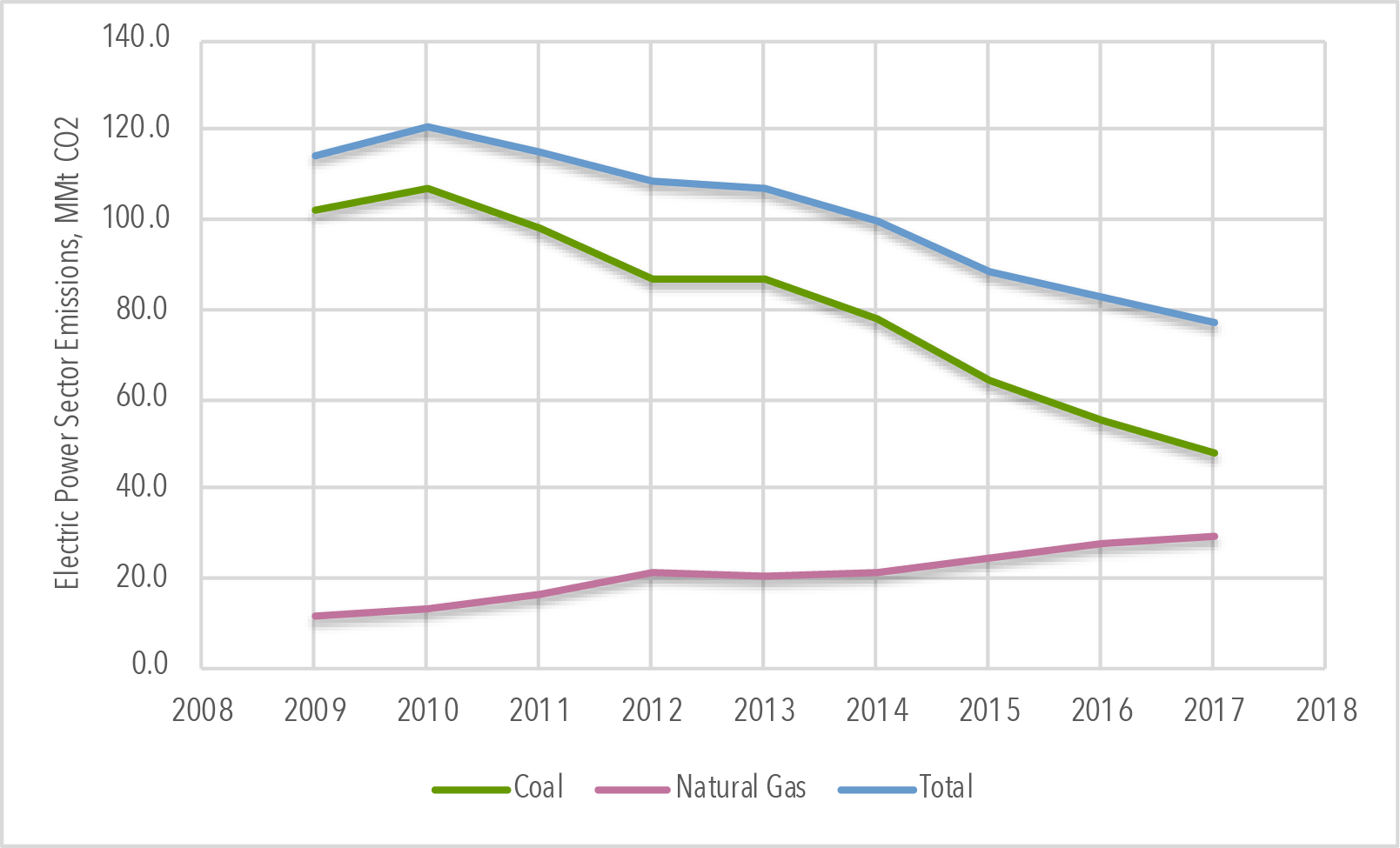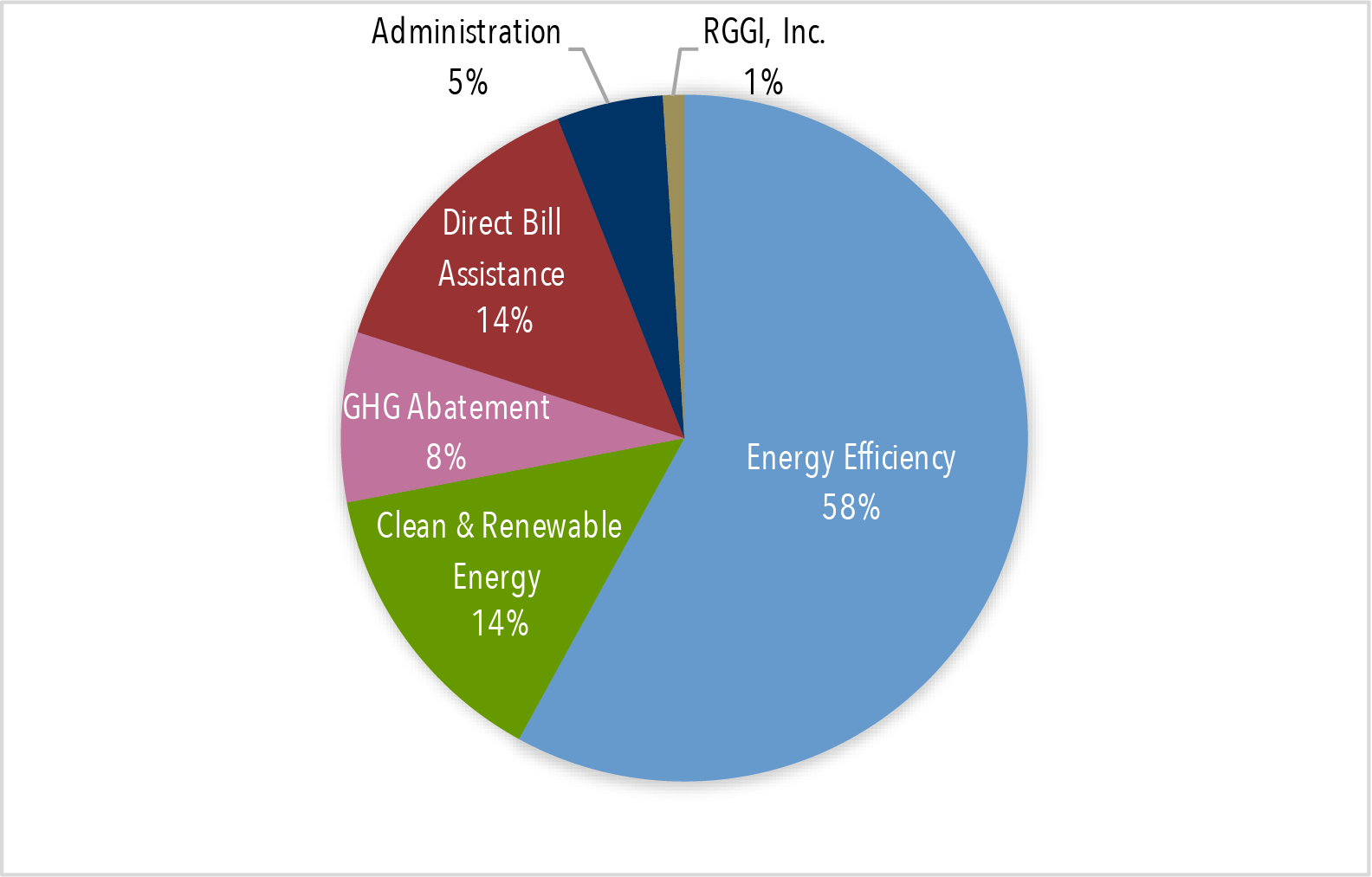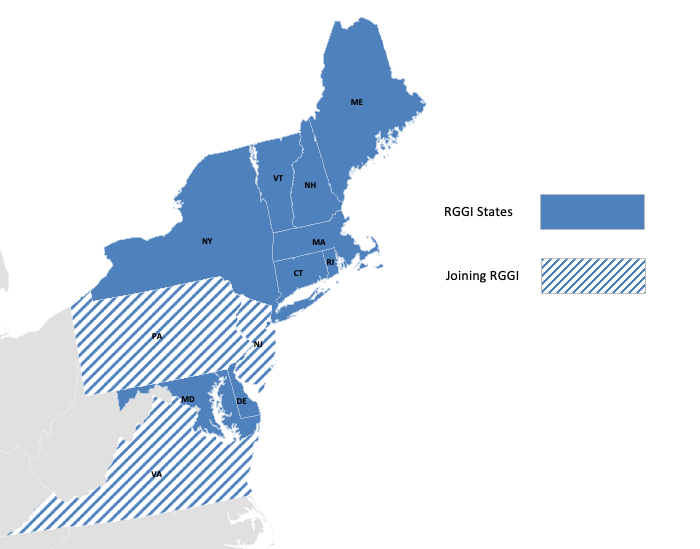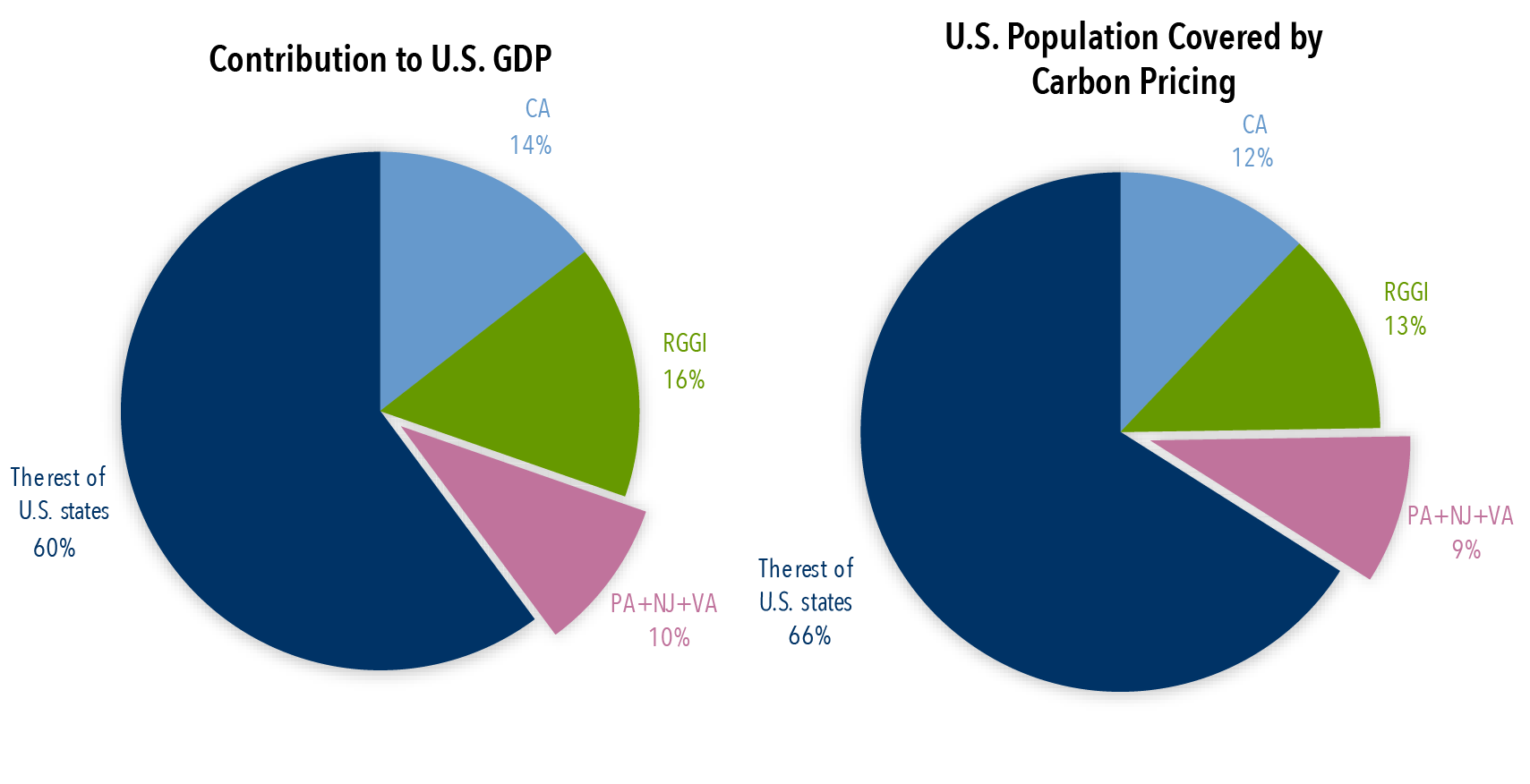Pennsylvania is taking steps to become the first major fossil fuel producing state to join the Regional Greenhouse Gas Initiative, the Northeast’s regional cap-and-trade program for power generators.
The state has made progress in reducing emissions in recent years, but Gov. Tom Wolf’s executive order instructing the Department of Environmental Protection to make a plan to join RGGI demonstrates a major commitment to quickly reducing emissions from the state with the fifth-highest power sector emissions in the nation (more than all RGGI states combined).
Pennsylvania is not only the second-largest natural gas producing state, but also the third-largest coal producer, which makes it the second-largest total energy producer in the United States. If it were a separate country, Pennsylvania would be the world’s fourth-largest producer of gas and 14th largest coal producer.
Pennsylvania’s power emissions have dropped by 32 percent in the last few years, mainly because power generators have largely switched the primary fuel they use to generate electricity from coal to natural gas. Consequently, emissions from the state’s natural gas power plants increased by more than 150 percent from 2009 to 2017.
While carbon-free nuclear power represents 34 percent of the electricity generated in Pennsylvania, the state’s nuclear power stations have been struggling to compete against abundant, cheap natural gas. Participating in RGGI could help prevent the premature closure of the state’s nuclear reactors. Putting a price on carbon emissions would eventually play a role in preserving low- or non-emitting nuclear sources or even developing new capacities to meet GHG reduction goals. Reducing emissions and improving air quality are not only important for combating climate change, but they also have public health benefits (e.g. avoided premature deaths, heart attacks, hospitalizations, and emergency room visits). These benefits were estimated at $5.7 billion in the RGGI states from 2009 to 2014.




